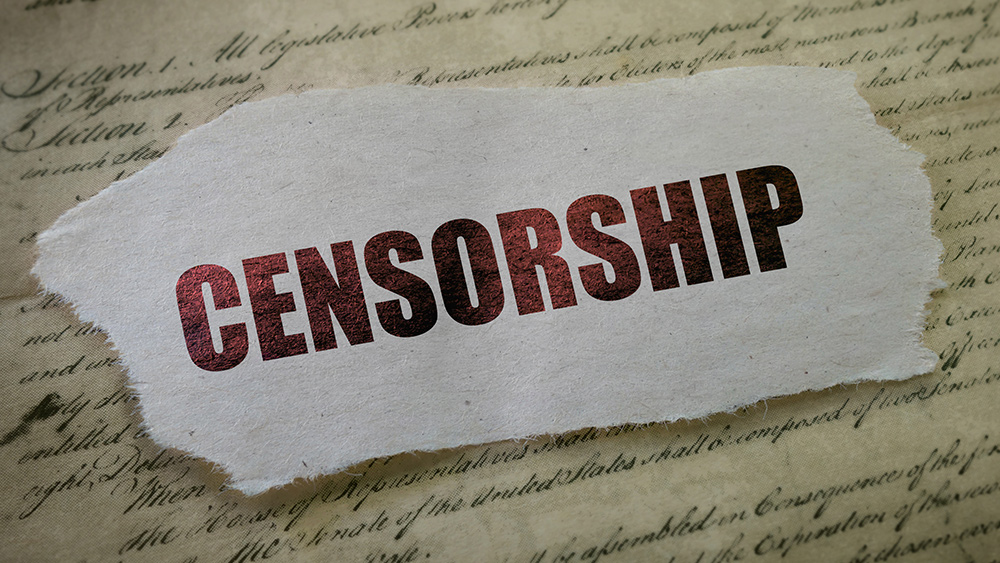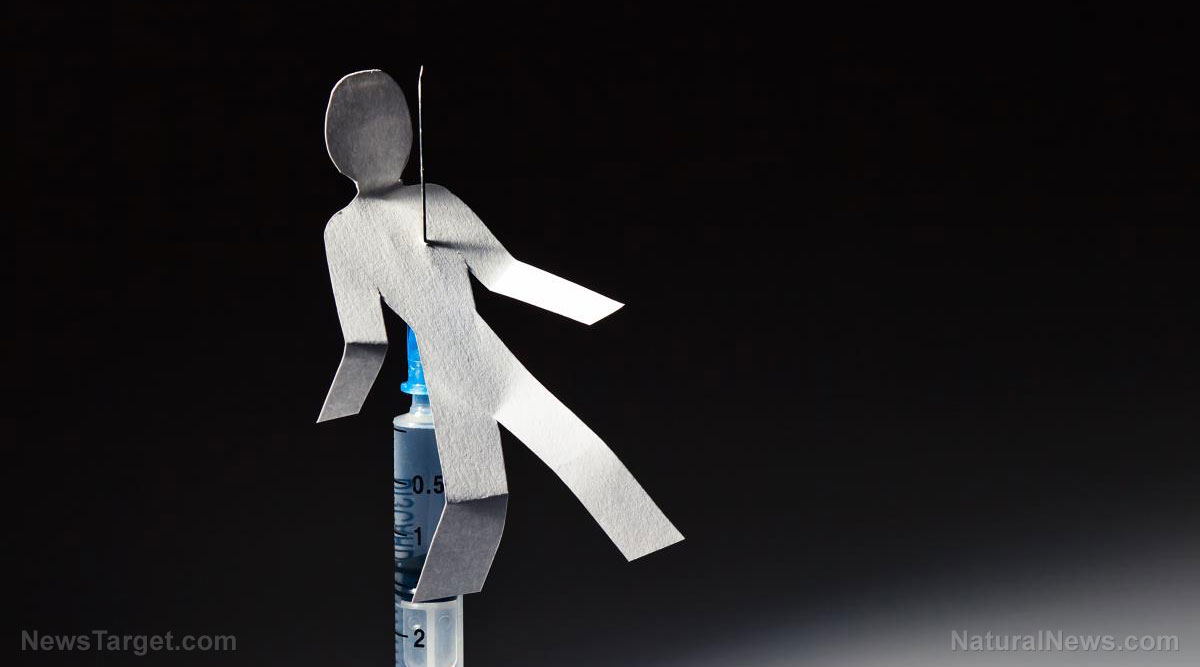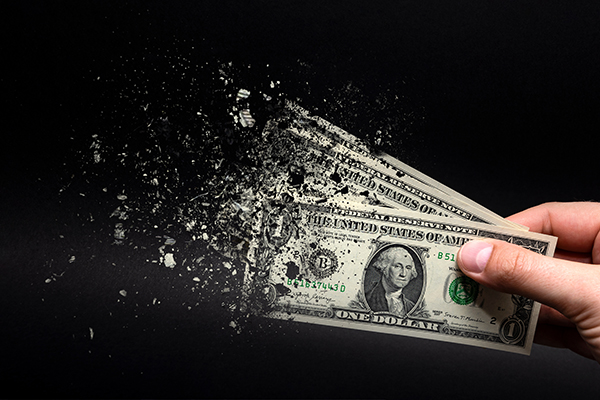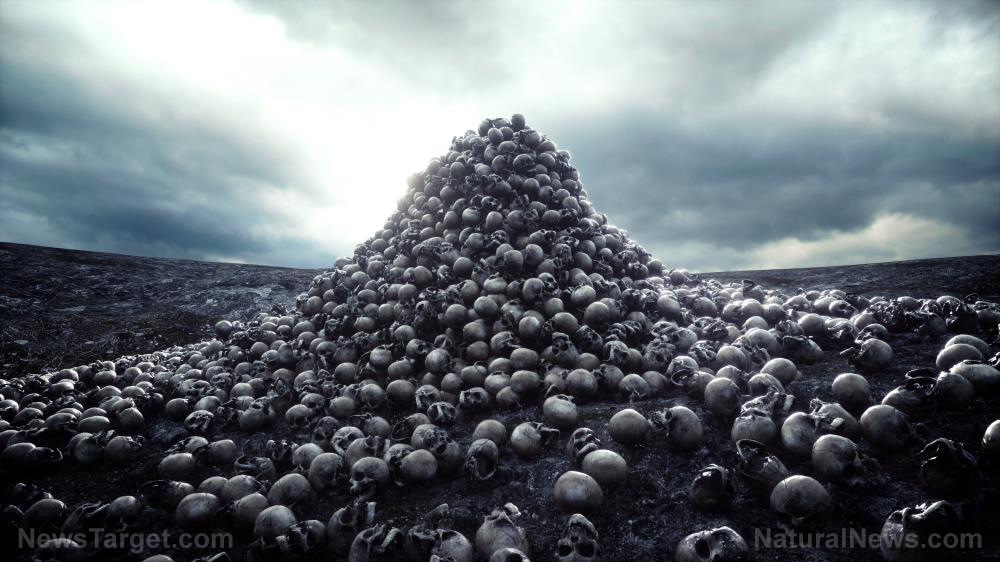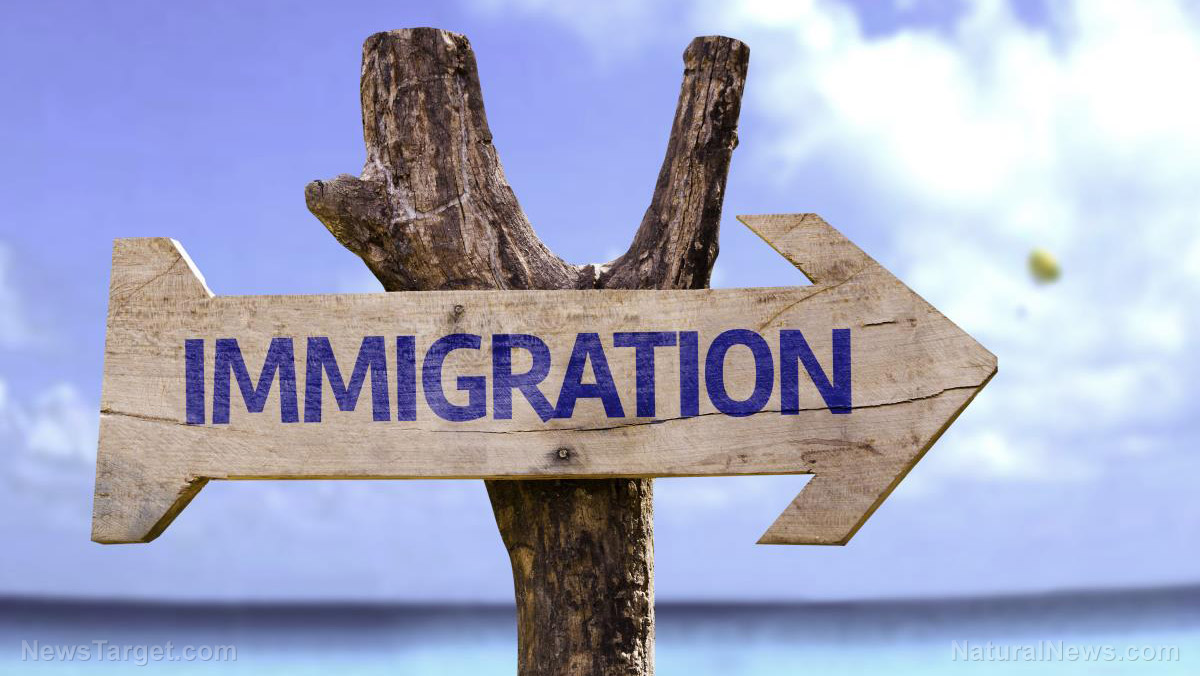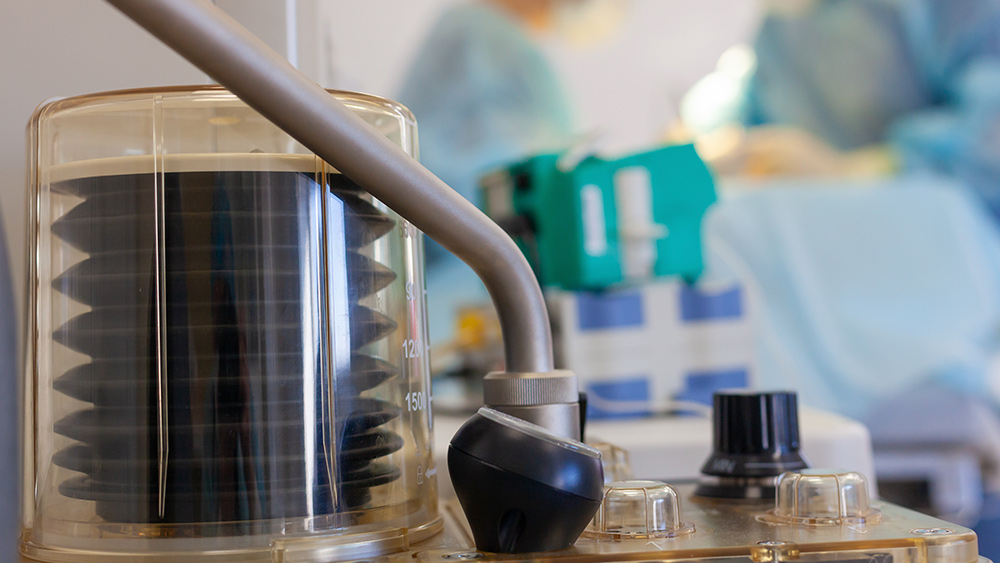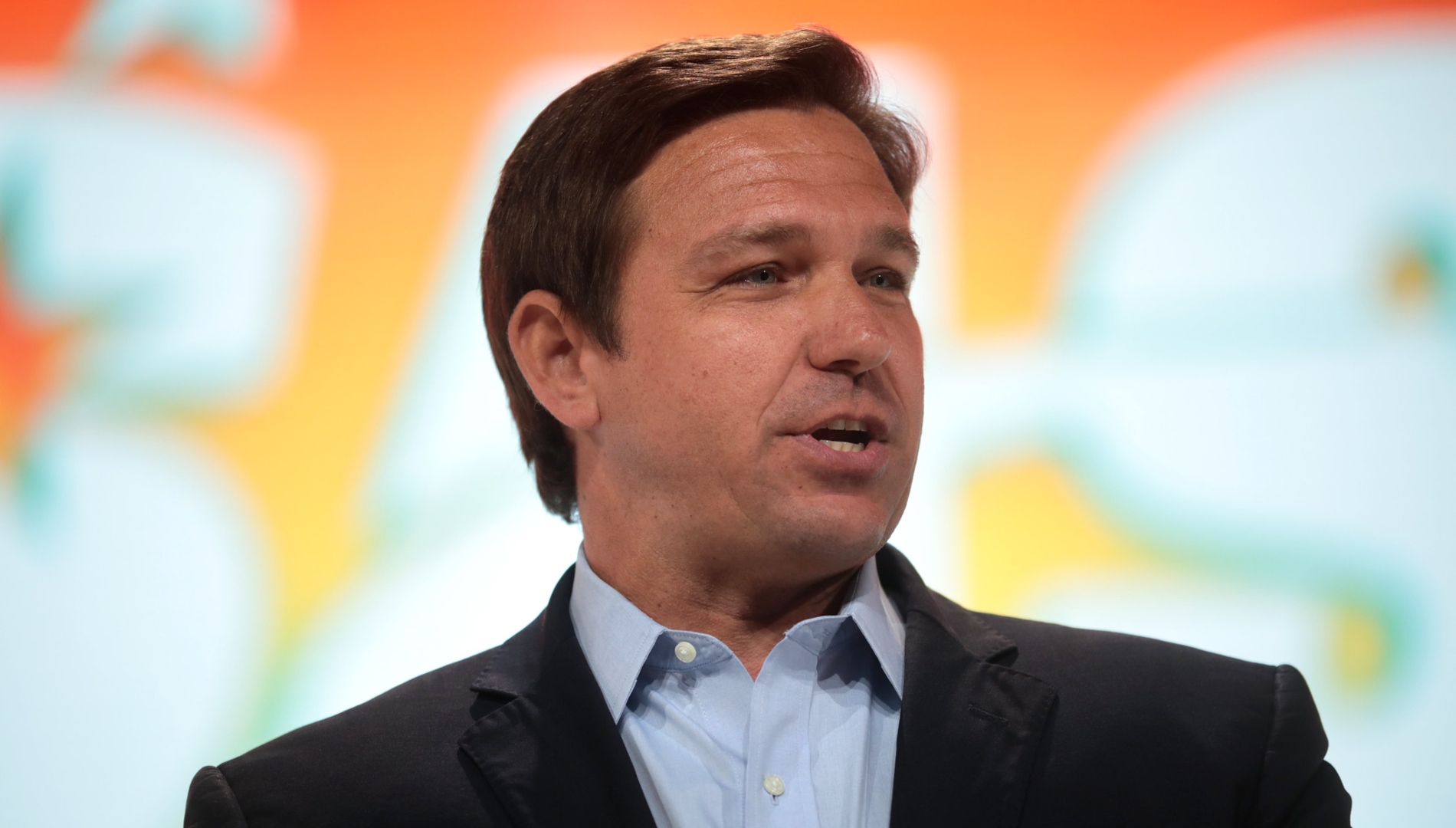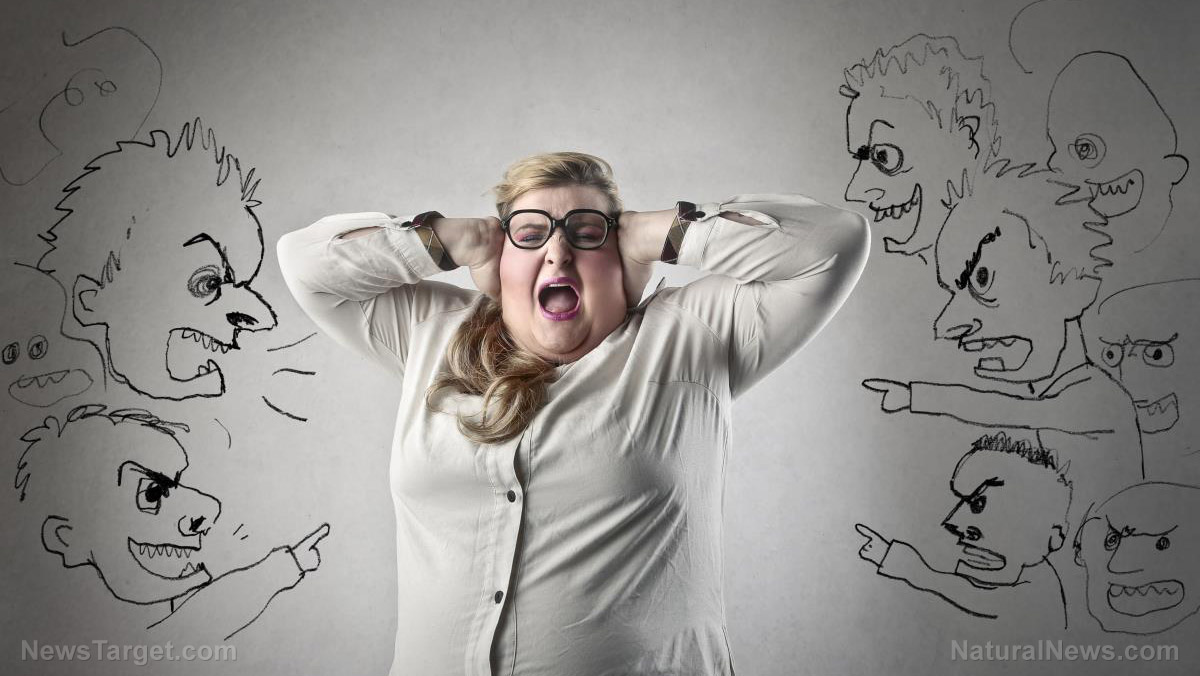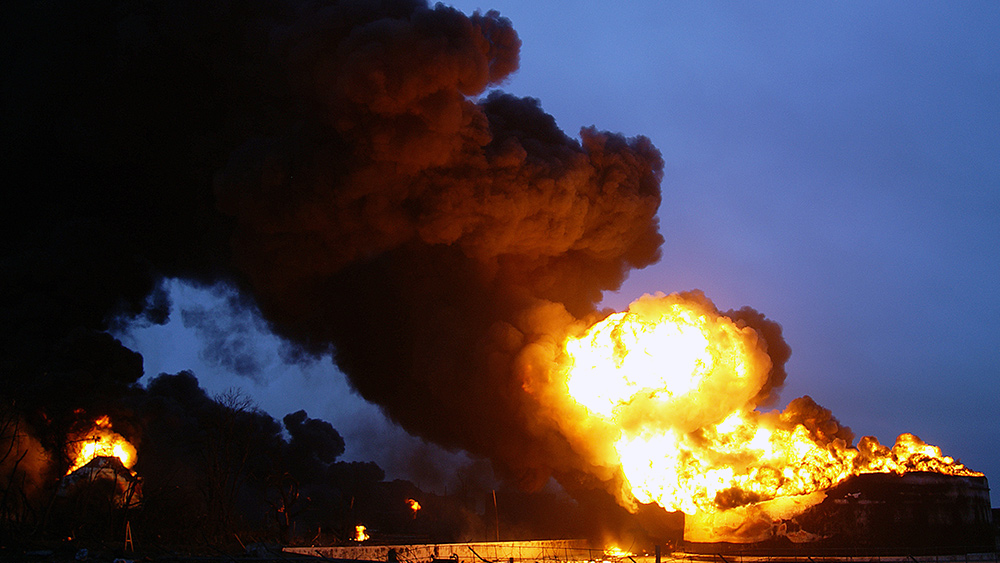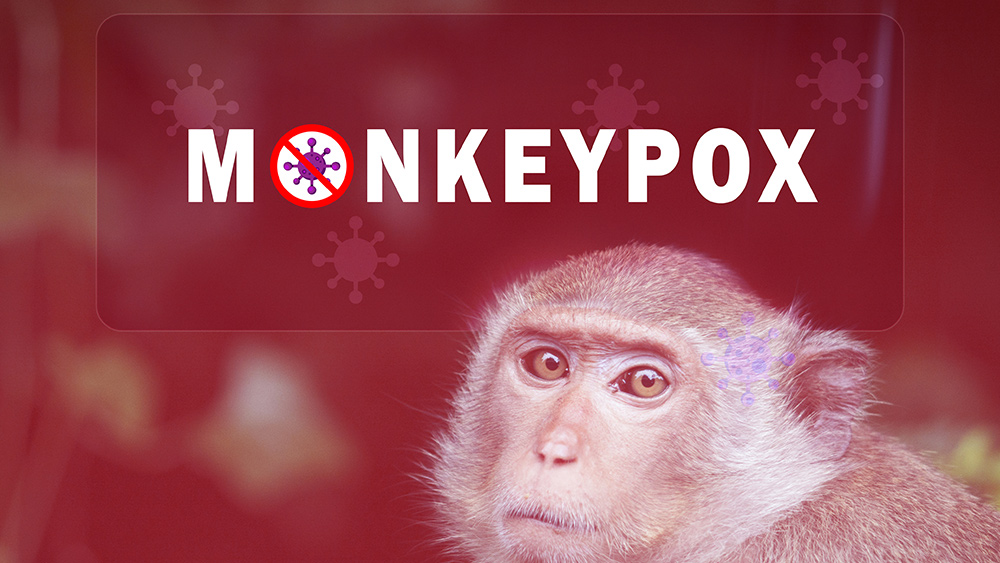
It was last August when Jerome Powell began to admit that inflation just might be a problem. But even then, he was only willing to say that inflation would likely be “moderately” above the arbitrary 2 percent inflation standard. Back in August, low inflation—not high inflation—was still perceived to be the “problem." But things had certainly changed by late November when Powell was forced by reality to retire “transitory” as the preferred adjective to describe price inflation. At that point, the Fed began strongly hinting that it would finally do something to rein in price inflation. But exactly when that might happen remained anyone's guess.
(Article by Ryan McMaken republished from Mises.org)
Fed Talks Big, Does Little
Throughout the end of 2021 and into early 2022, the Fed settled into a comfortable pattern of repeatedly stating that it would—at some point—end quantitative easing, and possibly embrace tightening. But such policies have been extremely slow to actually materialize. It was not until late January, for instance that asset purchases at the Fed began to slow. They didn’t stop, of course. They merely slowed. But assets purchases—which function to create new money, prop up asset prices, and generally inflate the money supply—continued in an upward trend well into April. As late as April 13, the Fed’s total assets rose to a new all-time high of $8.965 trillion. There is no sign of any significant decreases to the portfolio, meaning the Fed has taken no steps to actually “normalize” or reverse quantitative easing.
Moreover, increases to the target federal funds rate amounted to exactly one increase—to the tune of 0.25 percent. That is, after many months of talk about rising the target rate, we’re now approaching mid 2022 with a target rate at a paltry 0.50 percent. In recent months, however, the Fed itself repeatedly hinted that it would pursue numerous rate increases in 2022. But the clock is ticking. Even if the Fed increases the target rate fifty basis points at its May meeting, that would put the target rate at only 1.00 percent.
Rates of 4 or 5 Percent Are Needed
One percent may seem high to some market observers of recent rate cycles, but we’re now in a high-inflation environment with price inflation above eight percent. The Fed is going to have to do more than a mild hike here and there to make a dent in 8 percent CPI (Consumer Price Index) inflation. Even mainstream observers recognize this, and Ken Rogoff this week suggested that the odds of success in bringing down inflation with rate hikes of 2 percent or 3 percent “is really unlikely. I think they’re going to have to raise interest rates to 4% or 5% to bring inflation down to 2.5% or 3%:”
For some historical perspective: the Fed has not allowed the federal funds rate to rise above 2.5 percent since 2008. The last time the federal funds rate exceeded 5 percent? August 2007.

And no, there’s still no concrete talk of actually unraveling the balance sheet.
So as we look to the May Federal Open Market Committee meeting, the likely scenario is a small rate hike in the face of 8 percent inflation, with no significant changes to the balance sheet. That’s what we’re likely to get after months of increasingly hawkish talk from the Fed: Virtually nothing.
A Souring Economy
But looking at the state of the economy, it is increasingly clear why the Fed is unwilling to make any sudden movements. The economy is increasingly weak, and those in favor of the narrative that the US is in the midst of an economic boom have nothing to stand on but a low unemployment rate.
Most everywhere else, the data is less than impressive. Last week, new GDP (gross domestic product) data showed the economy actually shrank during the first three months of 2022. It’s not “officially” a recession until two quarter of economic contractions are recorded, but the fact is the economy is shrinking after two years of massive amounts of easy money. It should be booming.
Meanwhile, real disposable income has fallen so much in 2022 that it's now below the trend, and is down 10.9 percent for the first quarter, year over year. And what about all those sky-high savings rates we kept hearing about during the covid panic? That has completely evaporated and in March, the personal saving rate fell to 6.2 percent, the lowest level reported since 2013. Consumer confidence and home sales fell in April. Inflation is outpacing wage growth.
The fallback position in the midst of all this, however, is to say something about how the unemployment rate is low, and how there’s a labor shortage. And indeed, Jerome Powell has repeatedly gone to that well, simply saying the “economy is strong” as his standard stock answer for why the Fed will just stay the course.
But reciting employment statistics in the midst of forty-year inflation highs and a shrinking economy has its limits. In fact, it betrays a sizable level of denial since, as Danielle DiMartino Booth noted on Tuesday, “Unemployment is the most lagging of all economic indicators.” If Powell relies on unemployment numbers to explain why the economy is “strong,” he will simply “evicerat[e] his credibility.”
The reality is that the economy is contracting and personal finances are worsening. Inflation is high and wages are not keeping up. Under these conditions, the Fed will desperately want to embrace more easing so as to stave off a full-blown recession. An example of the Fed tightening just as the economy is weakening? That's practically a unicorn. The big exception, of course, is Paul Volcker who in the economically weak days of the early 1980s embraced true monetary tightening to reduce inflation. It’s hard to see how Powell could do the same, as Powell has continually demonstrated that his Fed is very much a Fed committed to kicking the can down the road to serve short term political interests. This is an election year, after all.
That means it's time to buckle up for more inflation. And, ultimately, we may get a recession anyway since it may be that all that is necessary to send the economy over the cliff is just another rate hike or two of 0.25 or 0.50 percent.
Read more at: Mises.org
Please contact us for more information.









